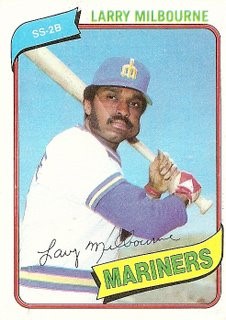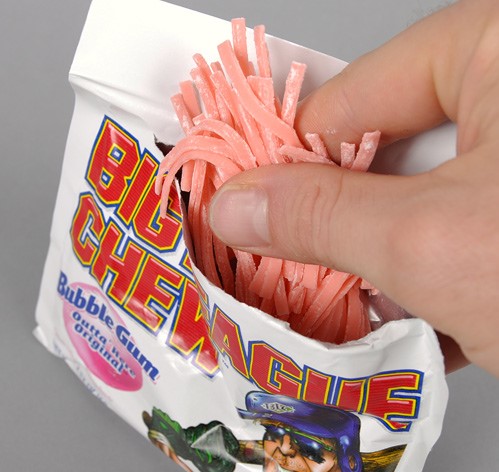Put me in coach, I’m ready to play … now without smokeless tobacco
Last week, the oldest of the four major professional American sports leagues began its 147th season. Long before current day Major League Baseball (MLB) was founded in the late 1860’s, baseball was played. And virtually since the inception of “America’s Pastime”, for high school/recreational players through major leaguers, and every level between, smokeless tobacco (aka chewing tobacco) has been a major part of the game.
Which is why it should not be overlooked that starting this season, major league baseball players will be banned from using smokeless tobacco in at least five major league ballparks, in: San Francisco, Boston, Los Angeles, Chicago, and New York.
Given that baseballs’ roots can be traced back to the mid-19th century, it is easy to see how chewing tobacco made its way into the game – in the U.S., chewing tobacco was enormously popular. For baseball players, chewing tobacco became popular because it would keep their mouths moist while playing on dry, dusty fields during long games. The tobacco spit would also help soften their gloves.
And as the years have gone by, chewing tobacco has become as synonymous with the sport as the home run, the New York Yankees, and a player adjusting his cup. It is such a part of the sport that some players can be proudly displayed for all-time chewing tobacco on their baseball cards.
 And because of chewing tobacco’s omnipresence in baseball, baseball playing children, who want to be like the big leaguers they see on television, are eager to try chewing tobacco.
And because of chewing tobacco’s omnipresence in baseball, baseball playing children, who want to be like the big leaguers they see on television, are eager to try chewing tobacco.
The industry has always been built on kids. And many kids in the United States revere professional athletes and think of them as role models. Due to its unique characteristics, from Big Tobacco’s perspective, baseball must surely provide hundreds of hours of free advertising and marketing to these young fans. Start with the fact that, of all the major professional sports, baseball is the only sport that a player can play the game and still have chewing tobacco in their mouth. You can spit on the field, which you surely cannot do on an NBA basketball court. The pace of play and nature of the games allows baseball players to keep a wad of chewing tobacco in their cheek. Compare that to NFL football where due to the nature of the sport (i.e., tackling, hitting, etc.), players would be at risk of swallowing the chewing tobacco on nearly every play. Also, and this has to be what Big Tobacco loves the most – without face masks covering their face, a wad of chewing tobacco in a baseball players’ cheek is very visible.
Even other industries have realized the desire for kids to act (and look) like big-leaguers.
Consider Big League Chew, which is bubble gum, shredded (like chewing tobacco) and packaged in an aluminum foil pouch. It should not be much of a surprise that Big League Chew was created by a former minor league pitcher and was manufactured by the Wrigley Company (longtime owners of the Chicago Cubs).
Probably the least progressive and stodgiest of the major pro sports, many baseball historians and fans applaud the sport for its reverence to tradition, resistance to change, and adherence to baseball culture and its unwritten rules. But for baseball – to eliminate something so intertwined with the sport – this is a big step. Soon, it is expected that one-third of major league stadiums will be tobacco free, and other MLB cities are considering similar measures.
It is estimated that 36,000,000 kids (ages 5-18) play organized sports each year. And so anytime a professional sport does something like this, in time, it will have a positive impact on our children. And the time for action like this – and frankly any action that attempts to curb adolescent tobacco use – is now: According to the CDC, combustible tobacco use (i.e, cigarettes) is down among high school students. However, smokeless tobacco use is up among high school athletes.
So good job baseball. Can we work on finding ways to make the game go faster?
Share This




